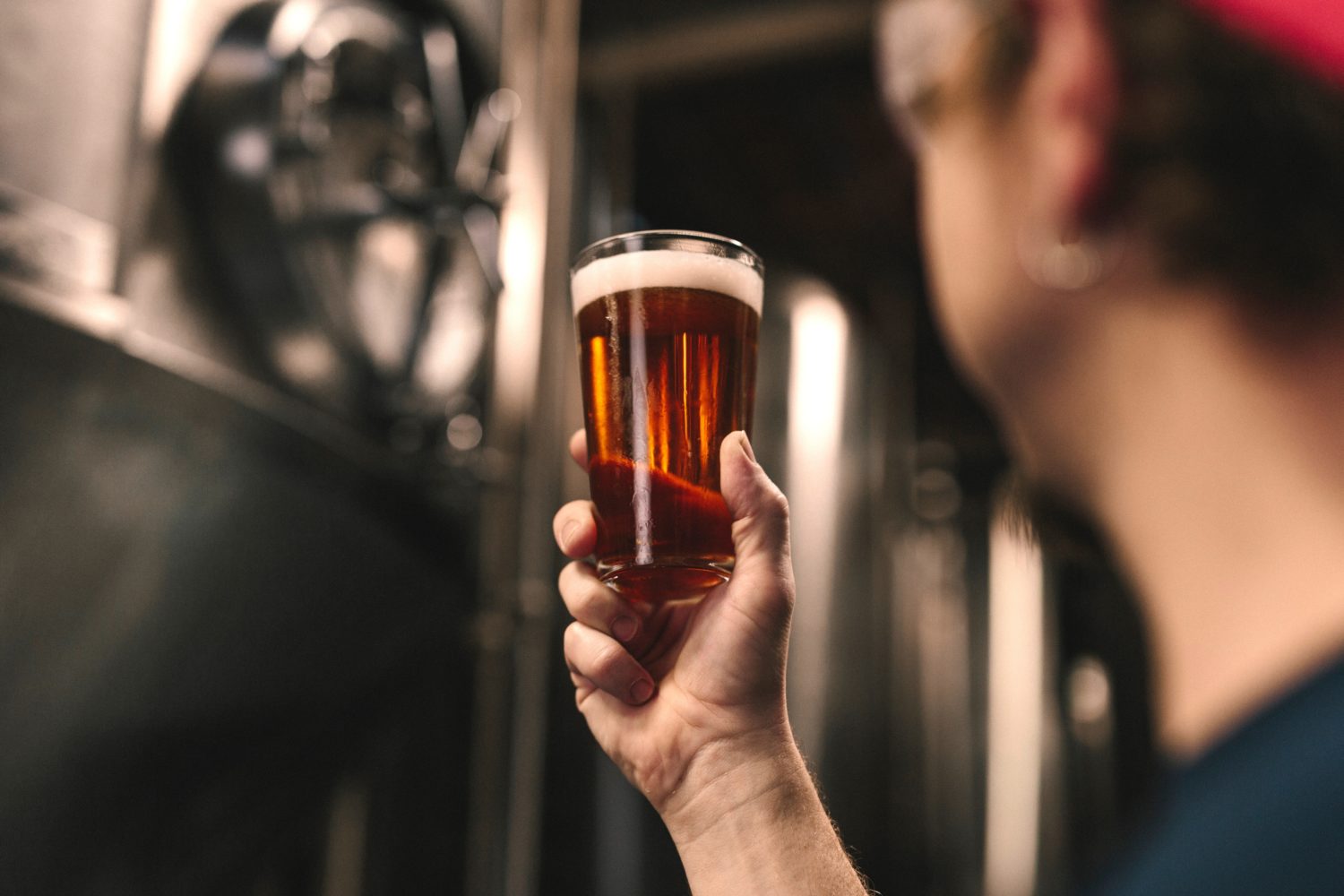By Cheryl Parker
Part one of our three-part series dedicated to beer & water.

On the first day of “Introduction to Brewing Science” class at the University of New Hampshire, I ask the students what they think the most important ingredient in beer is. Of course the first answer is always an enthusiastic “HOPS!”

Hops add the spice and bitterness to our beer. They are also, for many brewers, the most fun and interesting thing to pick out because there are endless varieties. But hops haven’t always been used to make beer. In fact, in the 10,000+ years that beer has been brewed, hops are pretty new to the scene. But since the 1500’s hops have been a critical aspect for beer, and growing them is a science in itself. They require elaborate and expensive trellis systems, a lot of sun, cold winters, and a lot of water. In fact, this is one of the reasons the Northwest of the United States is a primary hop growing region due to their wet weather — water is key for hops!

So I wait for the next answer. Usually the second person chimes in with a more hesitant “Grain?” Grain is what gives us our fermentable sugars that the yeast will convert to alcohol (the whole reason we are going through this process to begin with!). Grain also gives us nutrients (both for us and the yeast), color, and flavor. But historically, people didn’t always have grain available. The colonists often used other sources of starch, such as squash or fruit. No matter your fermentable sugar source, be it grain, fruit, or vegetables, it needs to first be grown in the field and, as with any crop, it is dependent on either the growing region getting enough rain or the availability of irrigation — so water is key here too!
So we move on. Now it’s anyone’s guess and we just have yeast and water left. Yeast is critical to making beer. After all, brewers make wort, the sweet liquid we extract from the grain, and yeast make the beer. In commercial breweries today, we order our yeast from catalogs. But not so long ago, it was the yeast naturally present in the environment that fermented beer in many places around the world. While it starts out as literally a microscopic part of our beer, it is the true workhorse, and beer is in no way possible without it.

While the biologist in me wants yeast to be the most important part of making beer, I know that there are hundreds of strains of yeast that can produce a tasty fermented beverage. So we are left with water as our final ingredient.

Water makes up 95% of each beer you drink. It is the primary (and most important) ingredient, and any brewer making a quality beverage understands that water cannot be ignored. Even the water you use to clean your brewery and fermentation tanks has special considerations. So having access to clean water is essential to having access to tasty beer!
Next up in this series, we’ll explore how water plays a part in the actual act of brewing and the brew house… Until then, drink responsibly!

This post was graciously authored by Cheryl Parker, Manager of the UNH Brewing Science Lab and proud Every Drop supporter.
To keep up to date on Beer releases, public events, and follow what the students are up to, follow along on Facebook and Instagram.
And check out the UNH Brewing Courses online.
#EveryDropMatters


